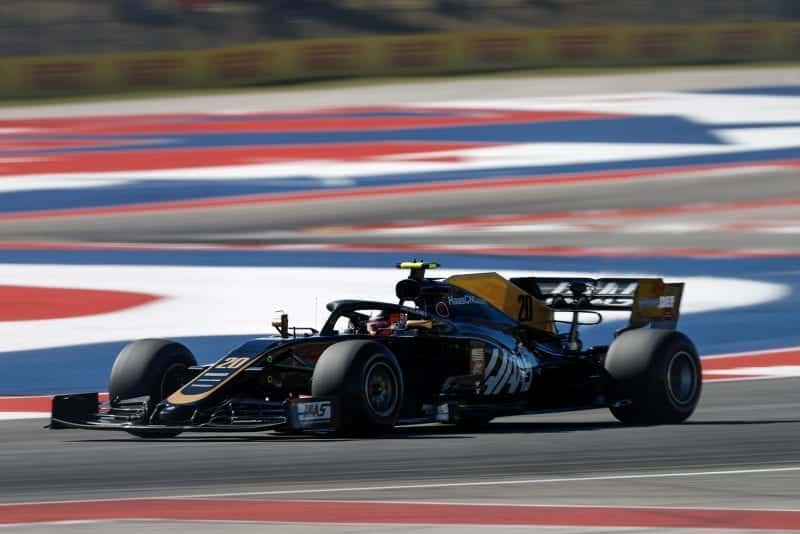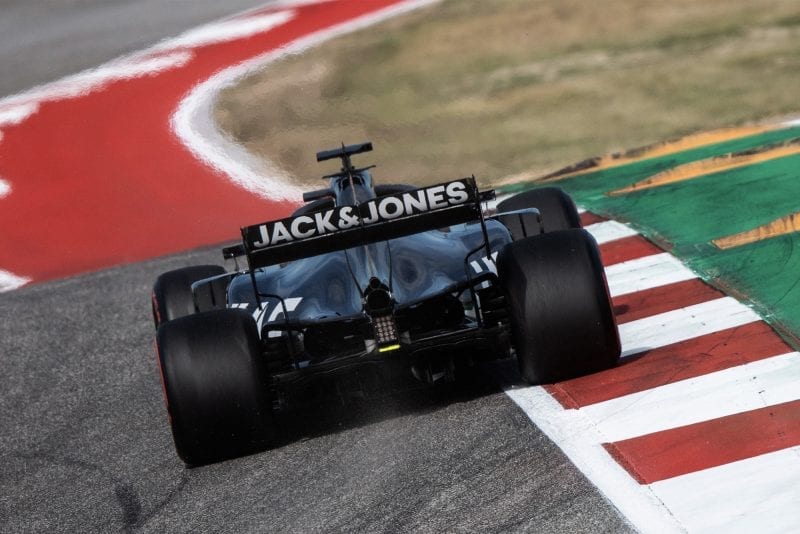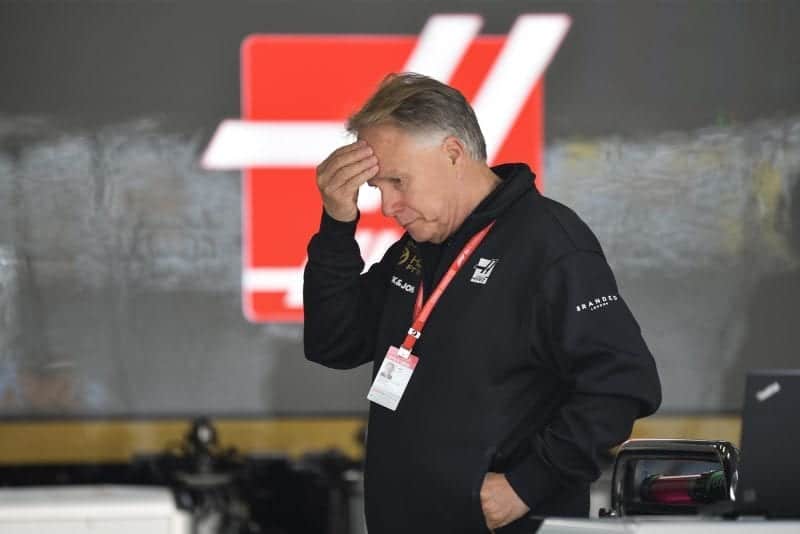MPH: Stars and strife at Haas — why the team had such a miserable 2019
Mark Hughes examines the flaws that led to Haas's torrid 2019 season, and why they could have a lasting effect on the team

Haas struggled to understand its VF-19 throughout last season | Photo: Motorsport Images
Of all the 2020 prospects, those of one team in particular stand out as particularly uncertain.
Haas in its fourth season stumbled upon the first real check to its progress in 2019 with a bewildering car that could often qualify as ‘best of the rest’ behind Merc/Ferrari/Red Bull but which was almost invariably hopelessly slow on race day.
It took most of the season for the team to even begin to understand what was driving such an anomalous performance profile, but there were several clues along the way.
Winter testing around a cool Barcelona revealed no hint of the problem and neither did a cooler-than-usual Melbourne where Kevin Magnussen qualified on the ‘Class B’ pole and finished a decent sixth.
It was in the next round at Bahrain where what would become a depressingly familiar story first played out as Magnussen went from head of the midfield to the back, only just clear of the two Williams, within just a few laps. “I’ve never known anything like it,” said the mystified driver. “We saw in the long runs during practice the same problem – just a total lack of grip within three or four laps.”
Such a wild variation suggested it was tyre-related. That much was soon confirmed, the car hyper-sensitive to track temperatures and invariably much more competitive in cool conditions than hot. But why that was so remained a mystery for much of the season.
Another clue came with the Spanish Grand Prix aero upgrade – which Romain Grosjean insisted was a backwards step.
No matter how much the simulation said it gave more rear downforce, the new car definitely had less rear grip than the old, he insisted.
The waters were muddied further at this point by the fact that only Grosjean initially had the new car, with Magnussen still in the original – and Grosjean was lapping faster. So the team, understandably, didn’t initially take Grosjean’s point as seriously as it might have done.

A stall at the rear of the VF-19 was the cause of the many issues Haas faced | Photo: Motorsport Images
At Monaco the car went well, but that’s an untypical track in how much it demands of the car’s front end – and it was good in this respect.
But that had the effect of delaying a key realisation for another couple of races: that Grosjean was actually 100 per cent correct in his assertion.
They finally allowed him to go back to the old car from Silverstone onwards and the next few races established beyond any reasonable doubt that the Melbourne-spec car was faster than the updated version. But why? That was much trickier to ascertain.
This is where the team’s small size really tripped it up. There simply weren’t many resources to throw at such a curveball problem, one which required a lot of depth of research and expertise.
“A bigger team would have diagnosed it after Bahrain,” said chief engineer Ayo Komatsu, “and it would have had test parts for Barcelona and introduced it at race seven [Montreal]. But we don’t have that capability.”
Read more
Into the last third of the season, from Singapore, Haas decided to treat each grand prix as one big extended test session to get to the root of the problem.
Many experimental parts were tried, lots of pressure taps taken from all over the car, even to the extent of badly interrupting the race team’s efforts at maximizing what they had for that weekend. The bigger picture was more important.
Gradually, a pattern emerged: from the braking phase and into the entry of low-medium speed corners, there was an aero stalling problem around the rear lower flanks of the car.

A long-term headache? Gene Haas’ patience could be wearing thin | Photo: Motorsport Images
At such low speeds this would cause the rear tyres to slide and, being incredibly temperature-sensitive tyres, they quickly overheated their surface.
Once this process began, there was no reversing it. The updated car, with a theoretically more powerful flow, was actually even more stall-prone.
As the team came to understand what it was working with, in the last couple of races the car’s slide down the order on race day was nowhere near as vertiginous as before.
It was only a particular set of circumstances – probably initiated by the change of aero regulations into ’19 – that unduly punished the lack of depth in the smaller team’s resources.
So it might be expected that for this season, with largely unchanged regulations, Haas should enjoy a less troubled time.
But it raises further questions, given the regulation re-set in 2021 and whether Gene Haas’ enthusiasm for this project can be re-ignited. The boss himself admits that from the outset he generally under-estimated the inbuilt advantages of the bigger teams.
We may look upon the team as having achieved great things for its size, but Gene just sees less than he was expecting.

